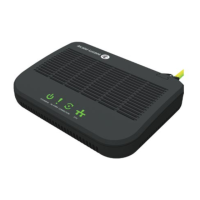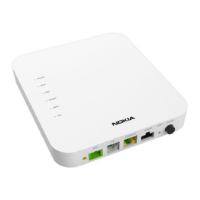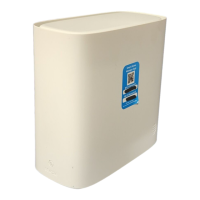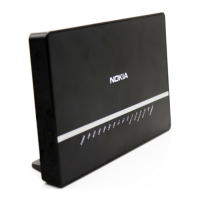ONT configuration file over OMCI
3FE-49441-ABAA-TCZZA
Issue 1
Operators must check the committed file from the OLT to verify whether the corresponding file has
been applied. If an error occurs, contact Nokia for support.
9.4.2 Configuring an ONT using a configuration file via OMCI
1
Generate the TAR file to be uploaded to the OLT.
Using the raw configuration file(s) provided by Nokia, generate the TAR file as follows:
a. On a Linux platform, rename the raw configuration file to adhere to the naming convention,
as described in section 9.3 “Supported configuration file types” (p. 197).
b. Tar the ABCXXXXVER raw configuration file:
tar -cf ABCXXXXVER.tar ABCXXXXVER
Where
ABCXXXXVER
Is the name of the file created in step i.
This creates two files: ABCXXXXVER and ABCXXXXVER.tar.
c. Rename ABCXXXXVER to ABCXXXXVER.org
d. Remove the “.tar” extension from ABCXXXXVER.tar file.
2
Upload the ABCXXXXVER TAR file to the /ONT/ directory in the OLT.
A maximum of 250 files can be kept in the OLT file system.
3
Using OLT commands, download the TAR file to the ONT.
For OLT commands, refer to the , or the 7342 ISAM FTTU Operation and Maintenance Using
TL1 and CLI.
Please note:
• pri-cfgfile-pland/dnload or
sec-cfgfile-pland/dnload
can be 1 to 14 characters.
• pri-cfgfile-pland and pri-cfgfile-dnload should be the same name.
Examples
Note: X can be 1 or 2 unless specified:
a. If pland-cfgfileX= Disabled and dnload-cfgfileX= Disabled ,
no file will be downloaded to the ONT.
b. If
pland-cfgfileX=FILENAME1
and dnload-cfgfileX= Disabled ,
FILENAME1 will be downloaded and FILENAME1 will be made active. An ONT reboot is
required.
c. If
pland-cfgfileX=Disabled
and dnload-cfgfileX= FILENAME2

